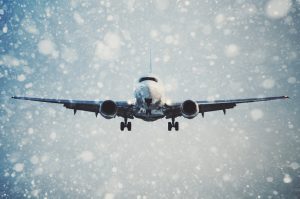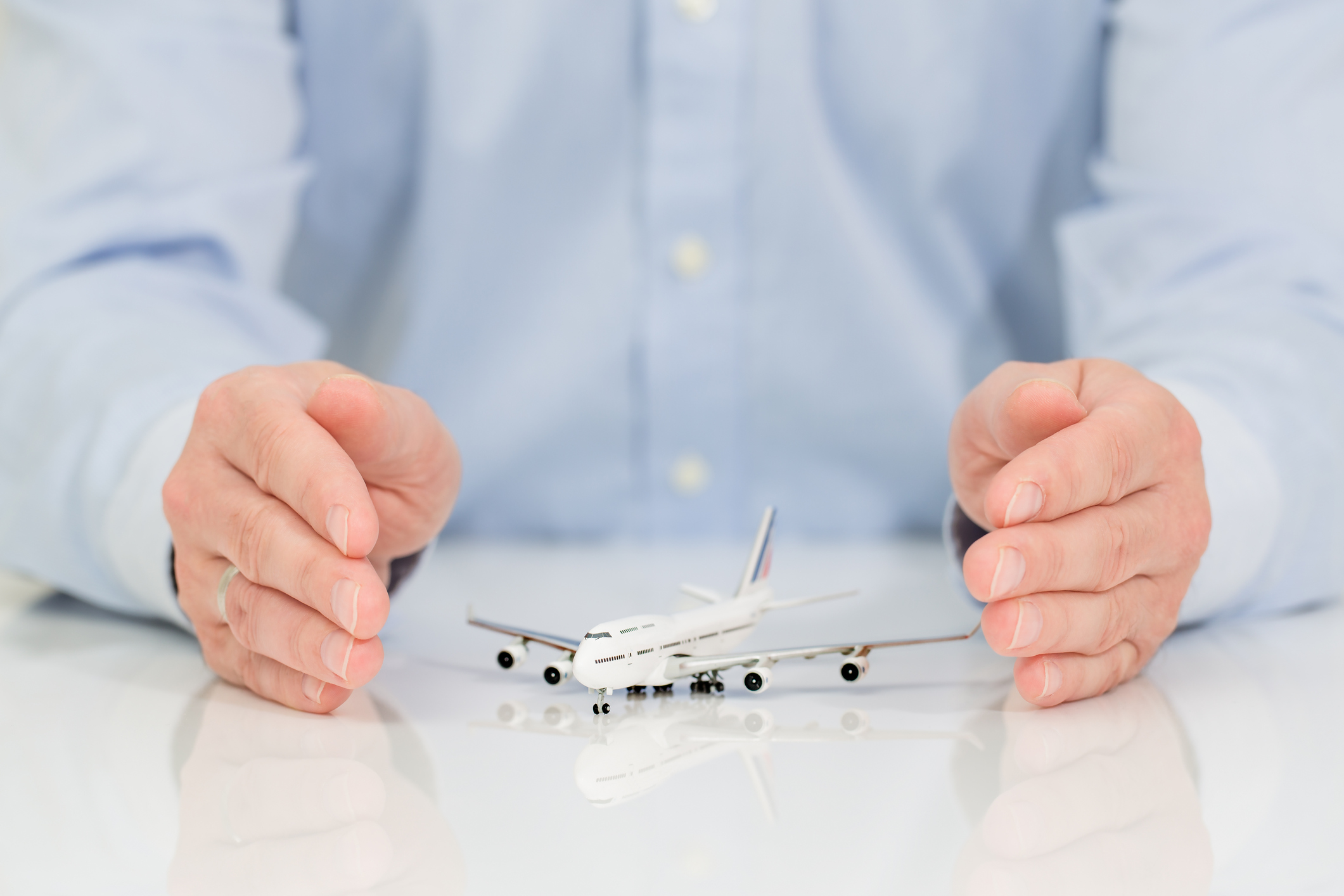Aviation safety is paramount when flying any type of aircraft. Make sure that whichever company is providing your flight training is clued up on all the latest safety measures and adhere to the guidance from the Civil Aviation Authority (CAA).
Here are the major ways safety issues when flying aircraft.
Airspace
The most important safety measure is being vigilant that airspace controls are taken seriously. Airspace infringements (when aircraft enter airspace without planning or permission) is highly dangerous and can easily end in fatalities. Your training provider should give you plenty of classroom training on how to avoid infringements. Ideally they should offer radar replays of incidents for you to learn from. A useful tool in avoiding these type of incidents are ‘listening out squawks’ that is transponder code you send out to tell air traffic controllers that you’re listening on a certain frequency.
Weather
Training providers should provide both classroom and practical lessons on dealing with moderate weather conditions, including moderately high winds. Raised wind speed makes taking off and landing far more precarious, so extra attention should be given to these manoeuvres. Most training schools will have simulations dealing with more severe weather conditions such as thick fog and very high winds.
Mechanical Failure
Good flight training schools will have a rigorous checking and maintenance systems in place. Ask to see documentation if you’re concerned about this.
Safety Documentation
Most flight training schools will be focused on safety and have up to date procedures and policies.
Make sure that they are available and that you read through them prior to starting any training, especially in the air. All safety procedures should be in line with the General Aviation Policy Framework.
